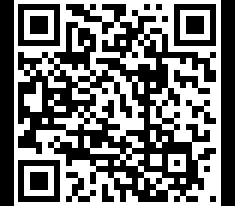Until all camera phones can scan 1d bar codes, or there is a standard 2d bar code, images will do just fine.
Instead of using bar codes, AT&T (and others) decide to make it easy for consumers and just use images. Take a picture of an ad, book cover, DVD and send via MMS for more information.
AT&T has
quietly agreed to support a marketing service that lets advertisers design mobile phone campaigns that link
two-dimensional print ads, billboards and product packaging with interactive digital media.

Other U.S. carriers--Verizon and T-Mobile--are expected to follow suit, according to sources close to the project.
The service relies on an ordinary cell phone with photo capability and sophisticated image recognition software designed by
Mobot, a mobile visual search company in Lexington, Mass. Consumers take a picture of any traditional two-dimensional ad, product package, or logo and send it by multimedia message (MMS) or a picture message to Mobot.
Scientists at MIT and the University of British Columbia, among others, developed the image-recognition technology that Mobot founder and CEO Russell Gocht licensed to develop the advertising platform.
Here's how the image recognition space stands. Google
acquired Neven Vision and Microsoft has their own application called
Lincoln.
I'm glad to see that AT&T (and others) are choosing to go with a smaller player like Mobot, rather than team up with the bigger image recognition players. But I wonder, could that be due to intellectual property issues?
Pondering Primate readers should be very familiar with Mobot.
Over a year ago Mobot was acquired by a mobile marketing company for approximately $10m. My company, Visionary Innovations, was instrumental in what was called,
"The Marketing Wedding of the Year".
In December 2006, the acquiring company sold Mobot back to its founders.
Here's why
Mobot was sold back.
History of
Mobot on the Pondering Primate.
 passengers to use their mobile phones to access electronic boarding passes.
passengers to use their mobile phones to access electronic boarding passes.










